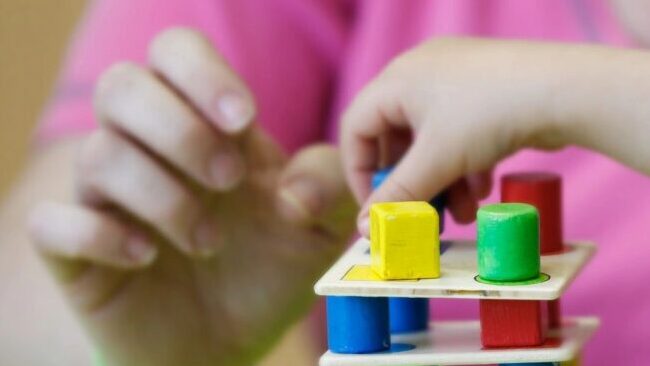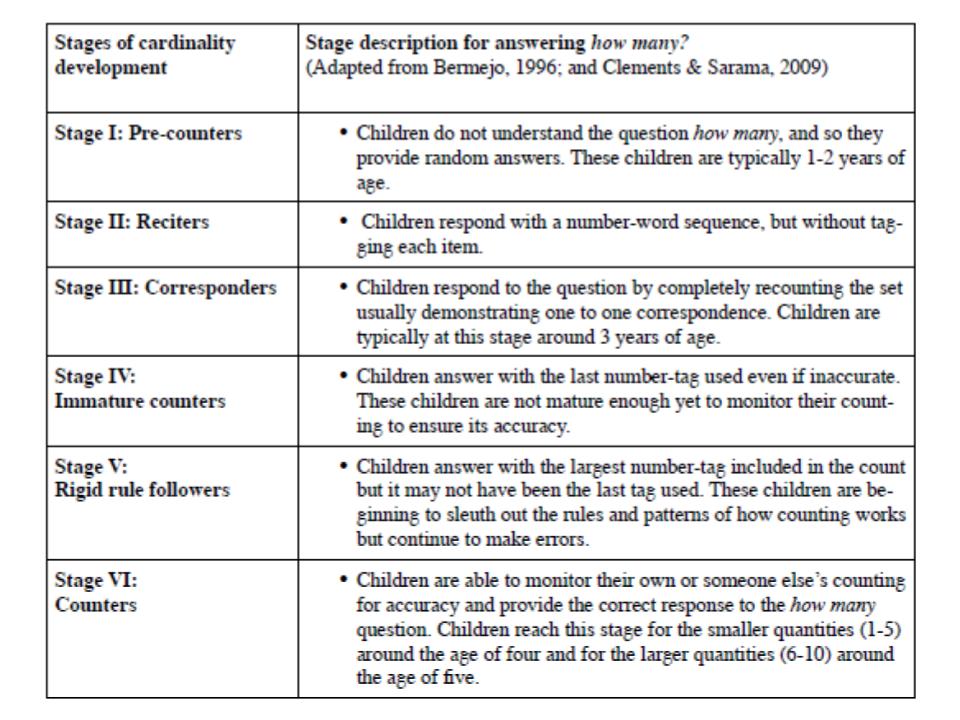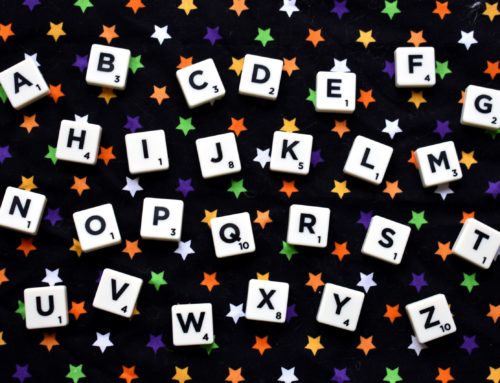
How can music therapists help children learn to count?
Learning to count is an essential skill for daily life. Children count to make sure they have both shoes, communicate their age with their hands, and even make sure they get as much food as their siblings. I used to think that students who could recite number words in the correct order could easily determine the total number of objects in a set, but my clients taught me that counting is a much more complex cognitive process.
According to Faith Sadler, a specialist in early childhood mathematics in special education, determining the total number of items in a set requires children to produce number words in the correct order AND assign only one counting word to each item in the set. This is known as one-to-one correspondence or tagging. Additionally, in order to determine the total number of items in a set, children must understand conceptually that when they count correctly, the final number is the total number of the set. This concept is called cardinality. Children who understand cardinality can count the total number of items in a set and answer “How many…?” questions.
How can music therapists help children develop the procedural and conceptual skills needed for cardinality? Sadler synthesized research on the development of cardinality to construct the following developmental trajectory. Both special and neurotypical learners usually acquire cardinality skills in the following order:

The above chart has greatly helped me when working on one-to-one correspondence or cardinality goals with children. This trajectory helps me assess where kids are in this developmental process so I can create an effective task analysis. Sadler describes counting activities for each of the five stages. You can find the full article here.
The biggest tip I took away from Sadler’s article is to make sure kids know that counting errors can lead to an incorrect quantity. Sadler recommends asking children in stages four and five to check their answers by counting again. If children reach a different answer when checking their work, therapists can ask questions such as, “I wonder which answer is right? How many are there for sure? How can we figure it out? Why do you think you got a different answer that time?” Asking children to reason their way to the correct answer better prepares them for a lifetime of learning.
Music therapists have a unique medium to engage and motivate their clients as they move through the stages of cardinality. In her article, “The Who and What of Counting,” Linda Plata writes,
“For centuries, children’s rhymes, games, and songs have set the stage for the seemingly effortless acquisition of verbal counting. Young children happily sing songs in which ducks disappear and monkeys fall off beds.”
Here are some examples of my favorite counting songs. Please share your favorite counting songs in the comments below!





Great article, Molly! It was good review for an older music therapist like me!
Another counting to 5 song I do is to the tune of Skip To My Lou: “1,2,3,4,5, I count 5 pretty flowers” ( or 5 of something else).
You can even do a different verse with 6,7,8,9,10 for children who have begun to understand the cardinality concept for 1-5.